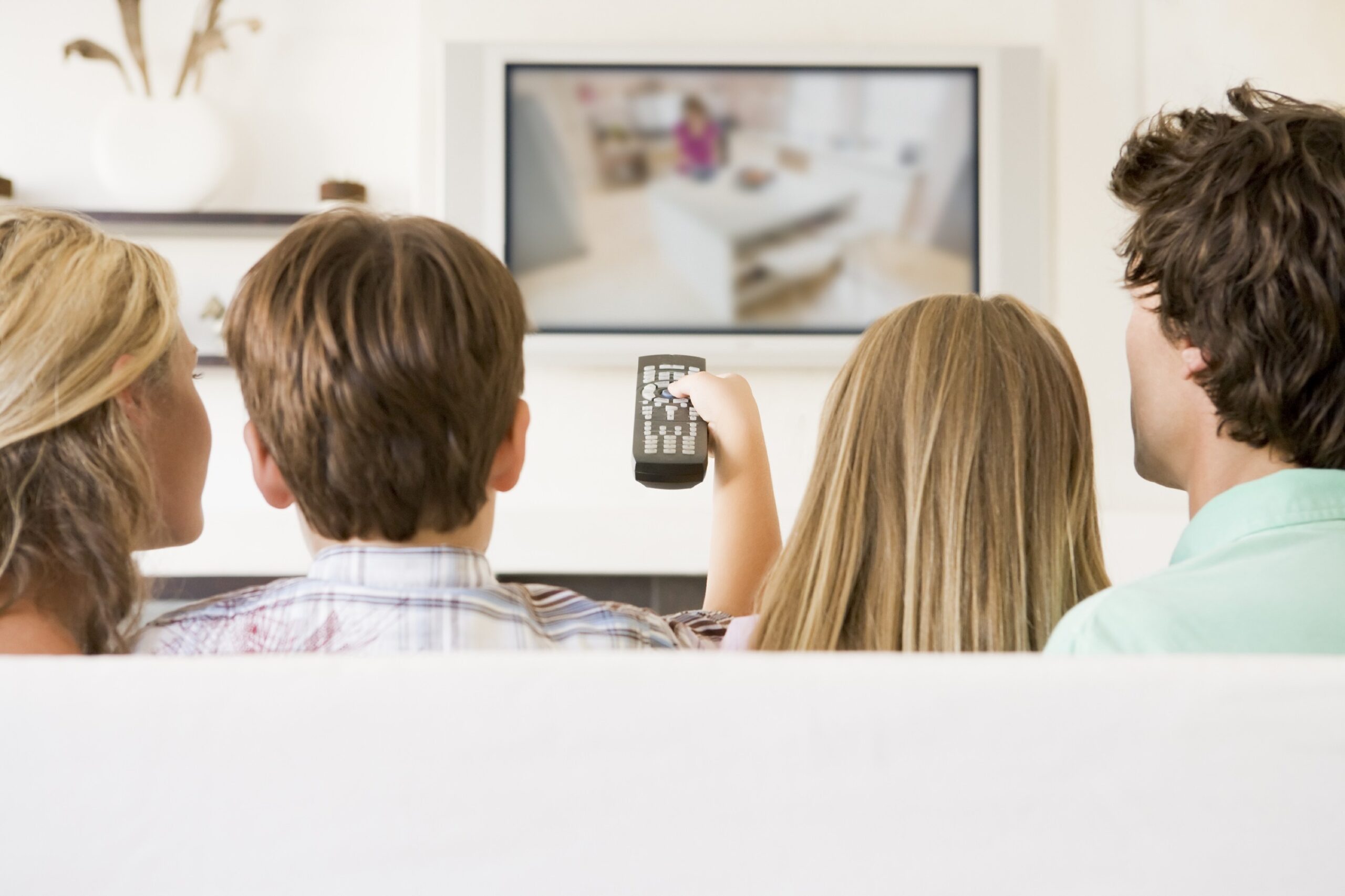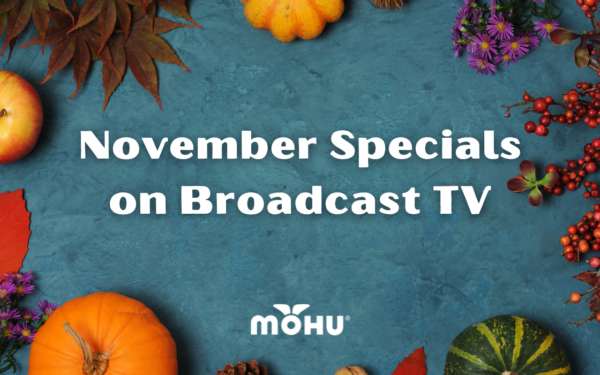You’re tensed up. “Am I ahead of the curve or just skating by?” Nervousness sets in.
“You’ve done a good job this year,” you tell yourself. “But is that enough?”
Imagine your last performance review. Even with rock star-level accomplishments, it’s not uncommon for the uncertainty bug to latch on and inject seeds of doubt. You’re probably nervous because you care about your job/career, right?
Well, we can’t say the same for cable companies. Despite year after year of subpar customer satisfaction ratings, customer service complaints and constant criticism from seemingly every angle, cable companies just don’t appear to get it. And, from our viewpoint, we have to wonder if they really care about what the public thinks.
We’ve heard their promises. “We do need to transform our customer experience, and I think we have a lot of work to do,” Comcast CEO Neil Smit told Consumerist, in what the publication coined a potential understatement of the century. “It will take time, but we’ll get it done.”
Right. We totally believe you!
So, without further ado, we’d like to share this year’s award for “Best-Rated Cable Company,” which is sort like winning “Best-Smelling Fertilizer.” The findings are based on the Consumer Satisfaction Index, which as its name suggests, ranks companies based upon levels of approval.
AT&T U-verse Ekes Out Top Pay TV Satisfaction Honors
Congratulations to AT&T U-verse! You’ve outlasted the likes of Comcast and all their marketing blunders, and Time Warner Cable, which along with Comcast, took the bottom two spots on the survey.
AT&T scored an approval rating of 69%, which if attached to a collegiate grading scale, would allow them to just squeeze by whilst wearing a dunce cap.
Of note, AT&T is limited in terms of availability – it only has 6 million or so subscribers. AT&T also admitted the service is “uneconomic.” No, really. We can’t make this stuff up.
So effectively the company voted “best in class” admits their service doesn’t even make financial sense. Wow. This keeps getting better and better.
(For context, Amazon topped the index at 88%.)
Future of Pay TV Providers
So all this begs the question — what’s being done to rectify these low marks? These major cable companies do not seem to understand that throwing money at the situation is not going to solve anything.
Time-Warner brass has promised to invest billions into the network and operations sectors. Faster speeds, they say. Better service, they claim. The public continues to see diddly squat — actually no, that’s not true. They’re seeing increased bills.
To add even more insult to injury, NPD Group suggests the average U.S. pay TV subscription will surge to $200 as soon as 2020. That’s $2,400 every year. What? How many pies to the face will it take before the public decides to walk out of the restaurant?
The only service that appears to be making strides to shift the momentum is Dish, which as we previously reported will try their hand at streaming media ala Netflix. It’s called Sling TV and it may be worth investigating. That aside, where are the other glimmers of hope?
Is it not in Comcast and TWC’s best interest to throw a curve ball at the business model that’s sinking faster than Drew Carey’s comedy career? They’ve got the capital to do it, but none of the motivation.
We salute those who continue fighting the system. We’ll be right there beside you, armed with the facts (and a slew of awesome HDTV antennas).




